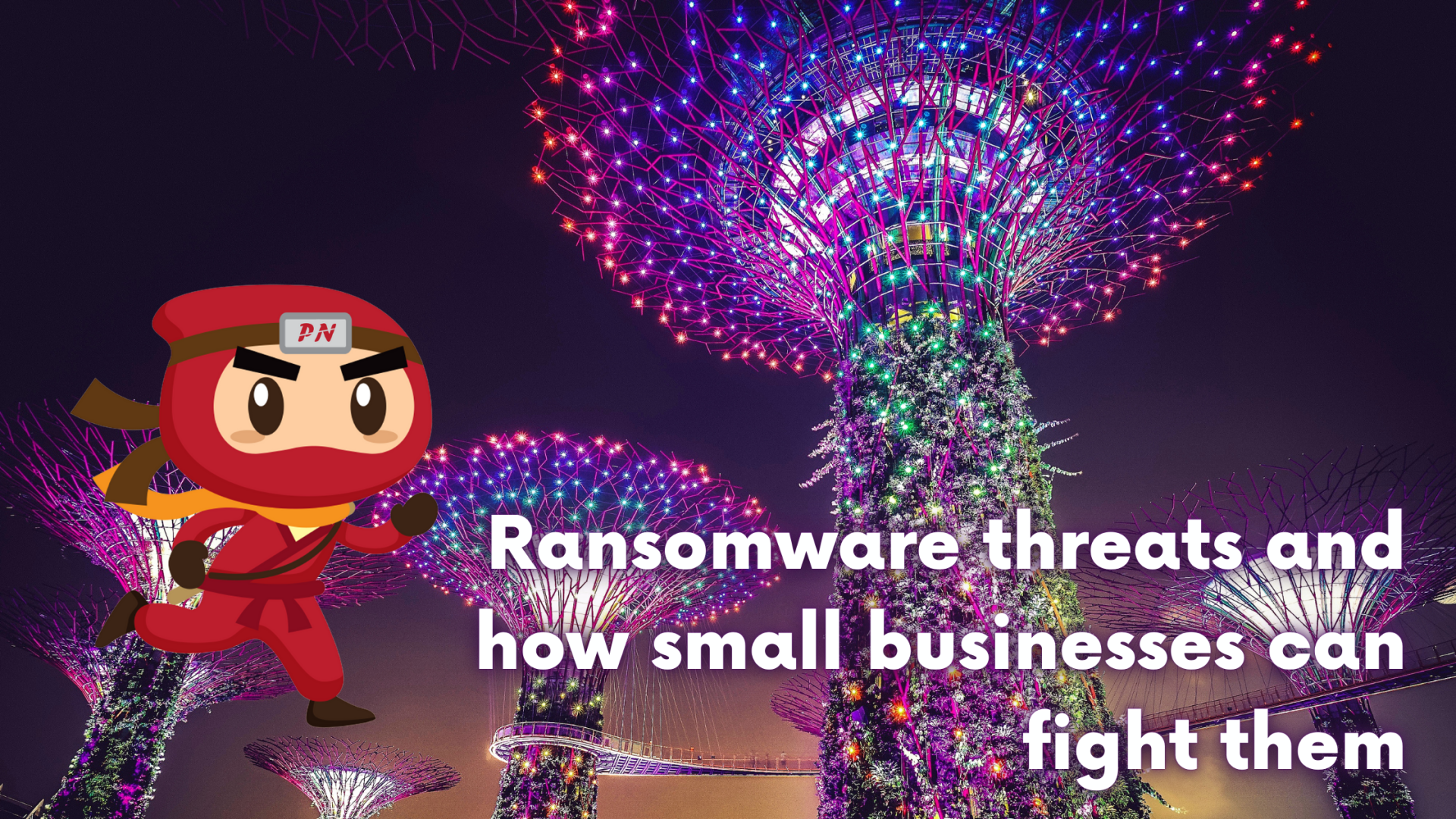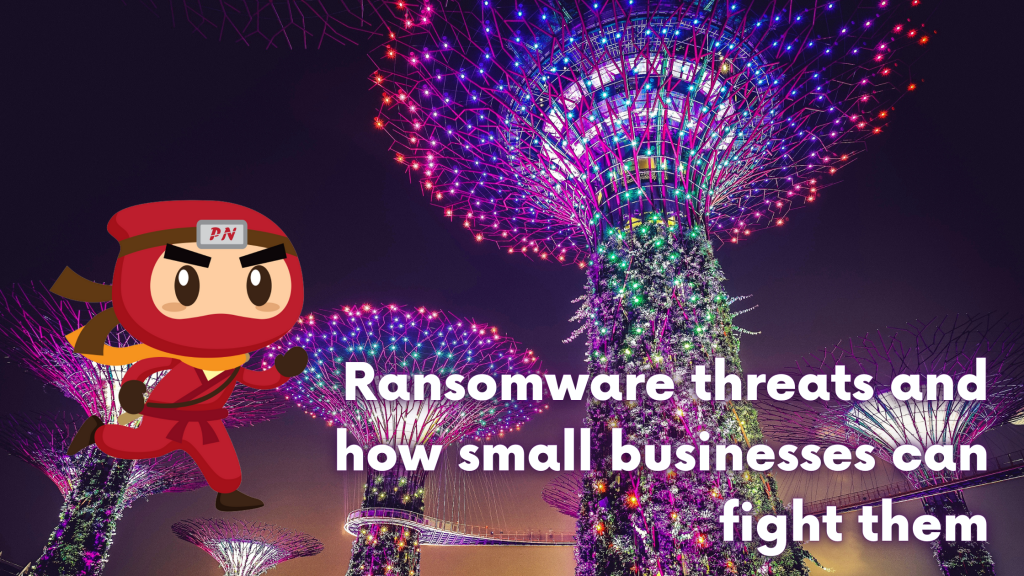KEEP IN TOUCH
Subscribe to our mailing list to get free tips on Data Protection and Cybersecurity updates weekly!







Your small business is undoubtedly unconcerned about cybersecurity, which is why you’re a target. This is why you should learn how to defend your company against ransomware threats and other cyber threats.
Imagine attempting to connect to your company’s computer only to discover that your data have been stolen. You must either pay up or risk losing your data for good.
It seems like something out of a TV show, but it’s a real issue with a $20 billion budget in 2021. In addition, small companies across any country are increasingly being targeted.
Ransomware is the software that powers cyber extortion, a type of computer crime in which your data or equipment is held hostage for a fee. Cyber fraudsters frequently target small companies because they have fewer security measures in place. They are simple and profitable targets.
You cannot afford an assault as a tiny business owner. But, before you can learn how to protect your company from ransomware threats, you must first grasp what it is.

Ransomware is usually launched when a person opens a link in a phishing email or downloads an email attachment. Once triggered, it has the ability to take control of a computer or even an entire network.
Ransomware may also be deployed through security flaws and infect a machine without any human activity. Microsoft Windows versions that are no longer supported are especially vulnerable to ransomware and malware assaults.
Even newer systems are susceptible if they are not patched for known security flaws. For instance, the WannaCry ransomware assault in 2017 affected thousands of customers whose sole fault was failing to install a recent Windows update.
Also Read: PDPA compliance for real estate agencies

The trend of keeping data on the cloud, taking online payments, and conducting most business online shows no signs of slowing down. As a result, cybercrime, such as ransomware is also increasing.
For hackers, the internet is like giving a bank robber the vault combination. They can quickly breach a company’s cyber defenses, wreaking havoc and amassing wealth in the process. And, with so many firms operating online, there are a plethora of potential victims.
In the past, cybercriminals targeted large organizations like governments, hospitals, and universities. They were aware that an attack may cripple these institutions and that they could afford to pay a ransom.

Maintain Good Cyber Hygiene and Back Up Important Data
Because ransomware threat actors’ strategies are basically the same, good cyber hygiene is crucial in averting a ransomware attack. Businesses must safeguard and regularly monitor their networks and systems for unusual activity and enhance employee understanding of cyber dangers such as phishing. Businesses should also ensure that security fixes are implemented on a timely basis, particularly for mission-critical services. Prepare a backup and recovery plan for essential data and execute frequent offline data backups.
Identify and safeguard critical business assets.
Businesses should prioritize identifying and safeguarding their main business-critical assets. Threat actors may exploit network/system connections to find and access business-critical assets. As a result, understanding how networks/systems and business-critical assets link and rely on one another is vital for preventing ransomware and responding to and recovering from intrusions more efficiently. In the event of an attack, network segmentation can limit interactions with mission-critical devices and prevent ransomware from spreading throughout the network.
Make a Business Continuity Plan.
Businesses should also develop Business Continuity Plans (BCPs) with measures customized to their specific needs to minimize the impact of an attack on their operations. BCP exercises should be held with operational departments and key decision-makers to ensure that all essential stakeholders are aware of the drills. Furthermore, the BCP should be updated if there are significant changes in assets or stakeholders.
Businesses will be attacked for as long as ransomware is lucrative.
Businesses must take preventative actions and reduce hazards before they occur. The best way to prevent an incident is to secure networks/systems, making it difficult for an attacker to breach the network. Businesses that have been impacted, on the other hand, may recover more rapidly and confidently if they have a well-developed BCP, a clear awareness of their assets and business-critical operations, and the ability to execute business recovery procedures fast.
Also Read: December 2021 PDPC Incidents and Undertaking: Lessons from the Cases